Who Invented Ethernet? do you know?

Who Invented Ethernet? do you know?
On April 7, 1946, the year after the end of World War II, a baby boy was born in an ordinary family in Brooklyn, New York.
The baby boy's father is a technician in a gyroscope factory. And his mother was an ordinary housewife.
For this family, having just experienced the ups and downs of the war, it is a very happy thing to be able to have a precious son.
The couple had high hopes for the child, hoping that when he grows up, he would become a top engineer (engineering was a very prestigious profession at that time).
Sure enough, the baby boy named Metcalf lived up to their expectations. When he grew up, he showed great talent in learning. In 1964, he graduated from high school and was successfully admitted to the top prestigious school in the United States (it was also the cradle of first-class engineers at that time) - Massachusetts Institute of Technology.
Metcalfe's parents should not have imagined that their child not only became a top engineer, but also founded a Fortune 500 company. One of his great inventions has changed the lives of countless people and has had a profound impact on the direction of the IT industry.
Yes, this Metcalfe is the inventor of Ethernet (Ethernet) technology, the founder of the famous technology company 3Com, and the proposer of Metcalfe’s Law, Robert Melanchton Metcalfe. Melancton Metcalfe).
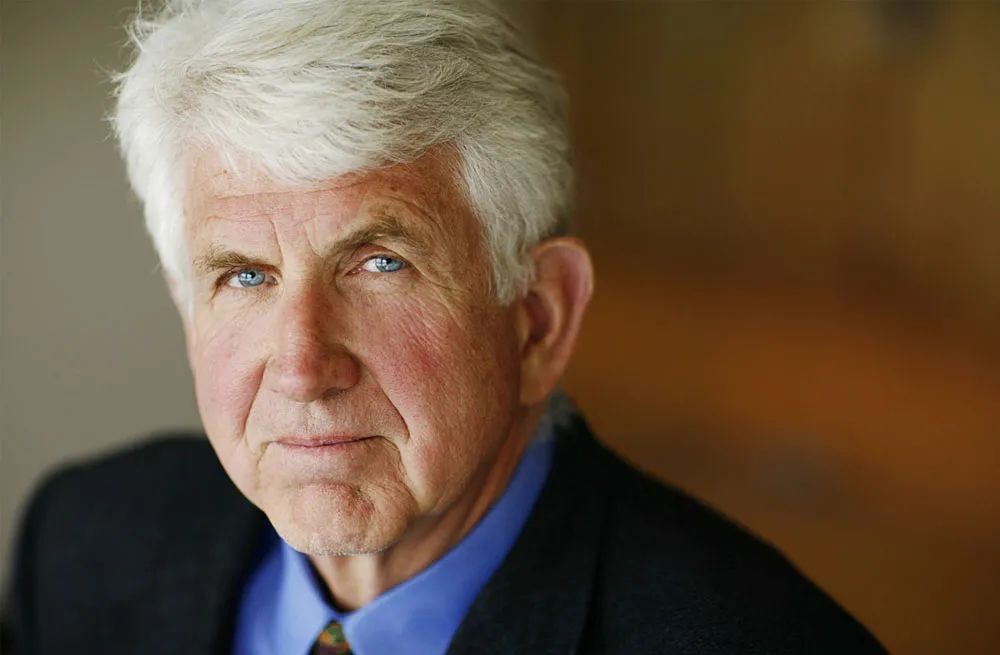
Robert Melanchton Metcalfe
█ A rookie who is just fledgling, his doctoral dissertation is rejected
In 1969, the 23-year-old Metcalf successfully graduated from the Massachusetts Institute of Technology with two degrees in electrical engineering and business administration. A year later, he received a master's degree in computer science from Harvard University and continued to study for a Ph.D. at Harvard.
While working on his Ph.D., Metcalf found a job with MIT's MAC project group. This MAC project team, specializing in the research of operating systems, computing theory and artificial intelligence, became very famous later.
In 1969, the ARPANET (Arpanet, the predecessor of the Internet) promoted by the U.S. Department of Defense was officially born, interconnecting the mainframe computers of four famous schools.
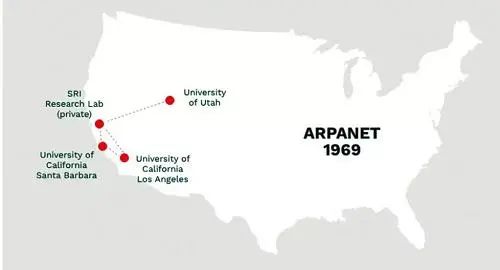
UCLA, UC Santa Barbara, Stanford, University of Utah
Metcalfe paid attention to this incident and thought it was very interesting. Therefore, he strongly suggested that Harvard University and MIT connect their large-scale computer systems to ARPANET. (Metcalfe was both a graduate student at Harvard and a fellow at MIT.)
Arrogant Harvard rejected his proposal, but MIT agreed.
Soon, Metcalfe completed the construction of the network interface, connecting the MIT mainframe computer to the ARPANET.
Based on his own design and research (establishing a high-speed network interface and protocol software between ARPANET IMP and PDP-10 time-sharing minicomputer), he wrote a doctoral thesis and submitted it to the degree committee of Harvard University.
In June 1972, Metcalfe failed to defend his doctoral dissertation because the degree committee believed that his thesis lacked "mathematical" and "theoretical".
The blow didn't just come from Harvard. When participating in the ARPANET project, Metcalfe once led 10 AT&T officials to visit the ARPANET demonstration. As a result, the system crashed during the demonstration.
Metcalfe wrote in his recollection:
"I looked up in pain and saw them laughing at the unreliability of packet switching (data packet switching). ... I will never forget that. To them, it confirmed that circuit switching technology (the traditional fixed-line technology) is here to stay, and packet switching is an unreliable toy that will never make much of an impact in the business world."
The successive blows made Metcalf feel a little lost. Soon after, he received a warm invitation from Bob Taylor, the laboratory director of Xerox's Palo Alto Research Center (one of the main initiators of Arpanet), to let him Join a lab and complete your own dissertation. Metcalfe readily agreed.
Palo Alto Research Center is the famous PARC laboratory.
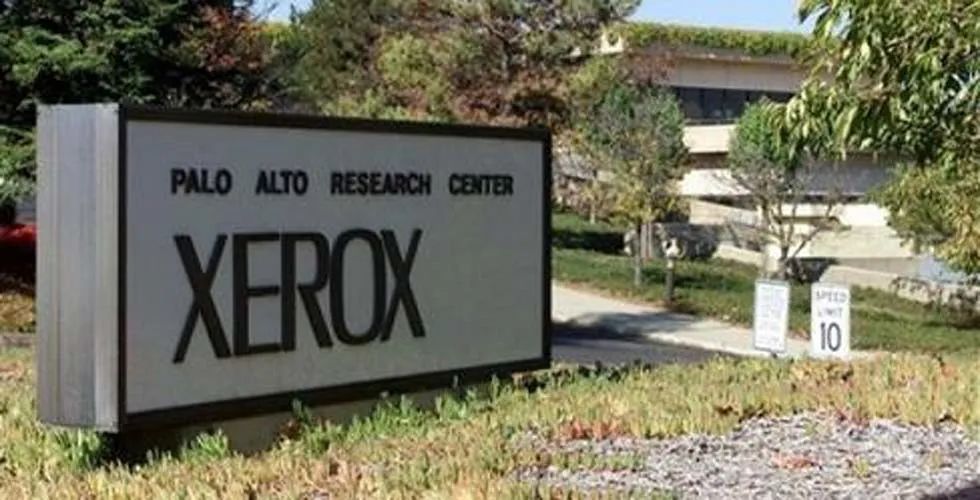
Many great inventions were born in the PARC laboratory, such as laser printers, mice, graphical user interfaces (GUIs), bitmap graphics, and more. Many innovations of Steve Jobs' Apple Computer came from here.
█ Inspired by a chance encounter with peers, and finally achieved success in the project
After arriving at PARC, Metcalfe quickly started working on his own.
At that time, the PARC laboratory wanted to design the world's first personal computer (later known as the Alto). Metcalf's task was to design a network interface for this computer to connect them to each other.
The biggest problem in building a computer network with multiple user terminals is how to coordinate the access and occupancy of various computer hosts to the network.
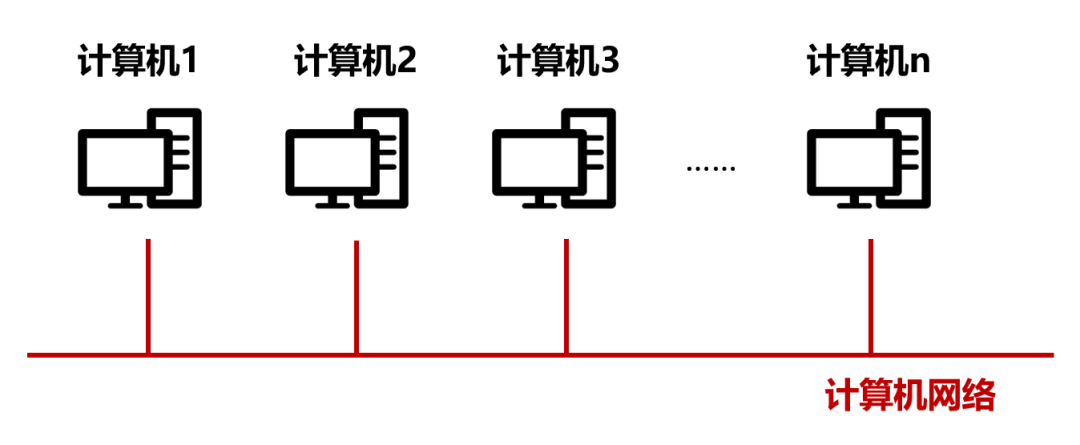
In the early 1960s, computer scientist Leonard Kleinrock (Leonard Kleinrock) proposed that queuing theory in mathematics could be used to coordinate the flow of data in the network by simulating traffic jams and people queuing.
ARPANET took this theory and proved it works.
In 1971, Norm Abramson, a professor at the University of Hawaii, established a radio network called ALOHAnet (ALOHA is a greeting commonly used by Hawaiians), using a more "radical" method than ARPANET. plan.
In ALOHAnet, data is transmitted in tiny packets. It does not attempt to avoid collisions between packets. On the contrary, any user whose message is lost due to a collision, only needs to retry sending the packet after a random time interval.
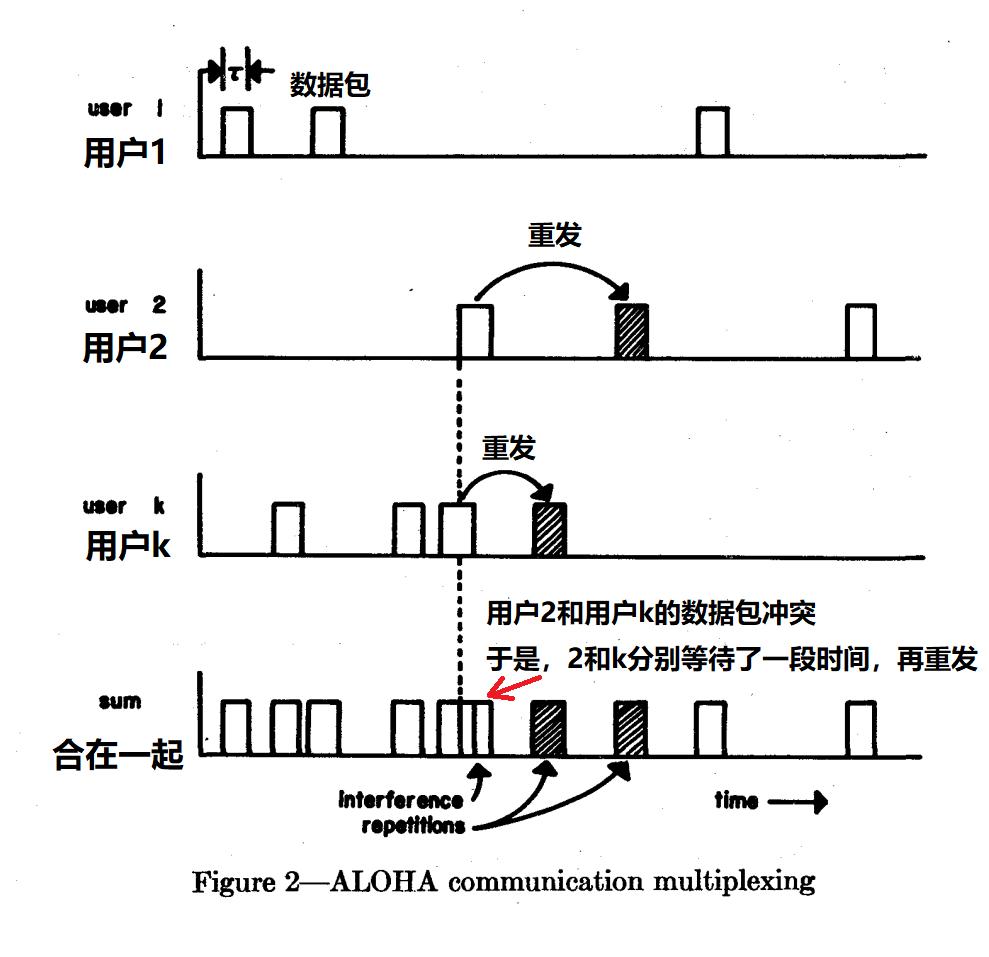
How ALOHA works
It's like two people talking. If both sides start talking at the same time, then both sides will stop immediately. Later, restart the conversation. After several attempts, there will always be a situation where one party does not speak, and the problem is solved.
You will find that ALOHAnet's strategy has an obvious flaw: it is a waste of resources. This method is useful in low traffic conditions, but when the network becomes congested, conflicts will become frequent and the transmission efficiency will be greatly improved. decline.
After reading Norman Abramson's paper, Metcalfe was inspired. Soon, he improved the model of ALOHAnet and proposed a new model.
In the new model, the host computer independently adjusts the wait time for transmission retries based on the frequency of collisions. If the number of collisions is low, they will quickly retry; if the network is congested, they will drop out to maintain the overall efficiency of communication.
Metcalf's new model complements the shortcomings of his thesis. Soon, in May 1973, he finally passed the defense of Harvard University and obtained a doctorate. (It’s worth noting that Harvard didn’t publish his paper, but MIT, much to Metcalf’s bitterness.)
Metcalf has also introduced new models in his own research projects.
On May 22, 1973, Metcalfe distributed a memorandum called "Alto Ethernet", formally proposing the idea of Ethernet.
In the memo, Metcalf sketched how Ethernet would work. "Participating stations, such as AlohaNet or ARPAnet, inject their packets, which travel at megabits per second, with collisions, retransmissions, and backoffs," he proposes.
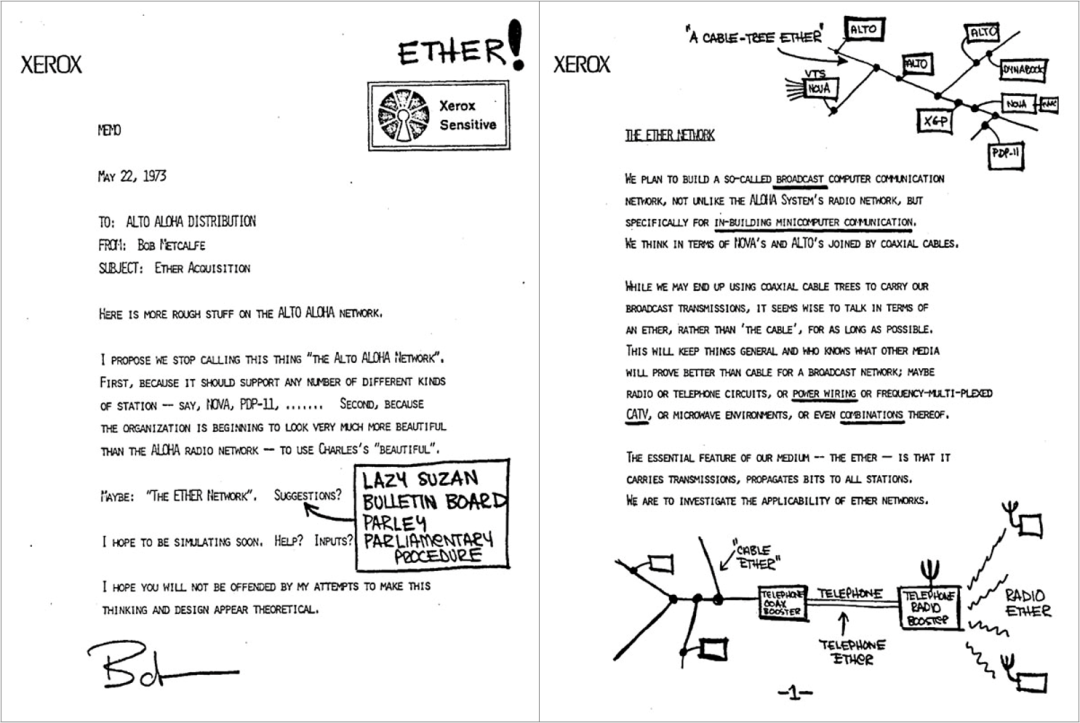
Part of the memo
Metcalf's vision of Ethernet combined Norman Abramson's random retransmission mechanism, his own adjustments to the system clock, and other refinements of the ALOHAnet model to mitigate the effects of collisions.
Some of these theoretical innovations were developed by other researchers, but Metcalfe was the first to integrate them into practical network designs.
For the origin of the name Ethernet, Mr. Xiaozao needs to explain.
Before the discovery of electromagnetic waves, people proposed ether (ether), thinking that it is a ubiquitous transmission medium (light is transmitted through ether). Later, it was discovered that ether does not actually exist.
Metcalfe adopted the name "Ethernet" because he saw Ethernet as a communication medium as well. He also got a nickname himself, called "Ether Daddy (Ether Daddy)".
In June 1973, Metcalf was given permission to build a 100-node prototype Ethernet.
In order to complete complex tasks such as logic design, building circuit boards, and writing microcode, Metcalf enlisted the help of Stanford graduate student David R. Boggs.
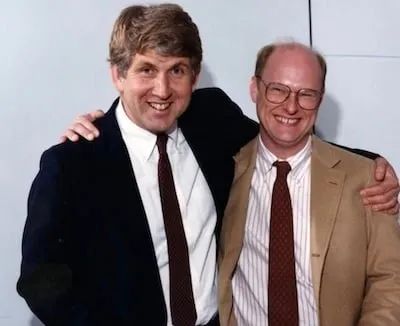
Metcalfe (left) and Boggs (right)
On November 11, 1973, with the efforts of the two of them, the world's first Ethernet prototype system was officially born.
At that time, the transmission rate of this Ethernet reached 2.94 megabits per second, about 10,000 times faster than the previous terminal network.
█ Founded 3Com to promote the popularization of Ethernet
After the birth of Ethernet technology, Metcalfe strongly suggested that Xerox could commercialize this technology. However, the response speed of Xerox management was very slow, and there was no actual action for a long time.
In 1979, Metcalf, who had waited for six years, couldn't bear it anymore and left the PARC laboratory. He decided to start his own company to promote the popularization of Ethernet technology. The company he founded became 3Com, a well-known communications network company.
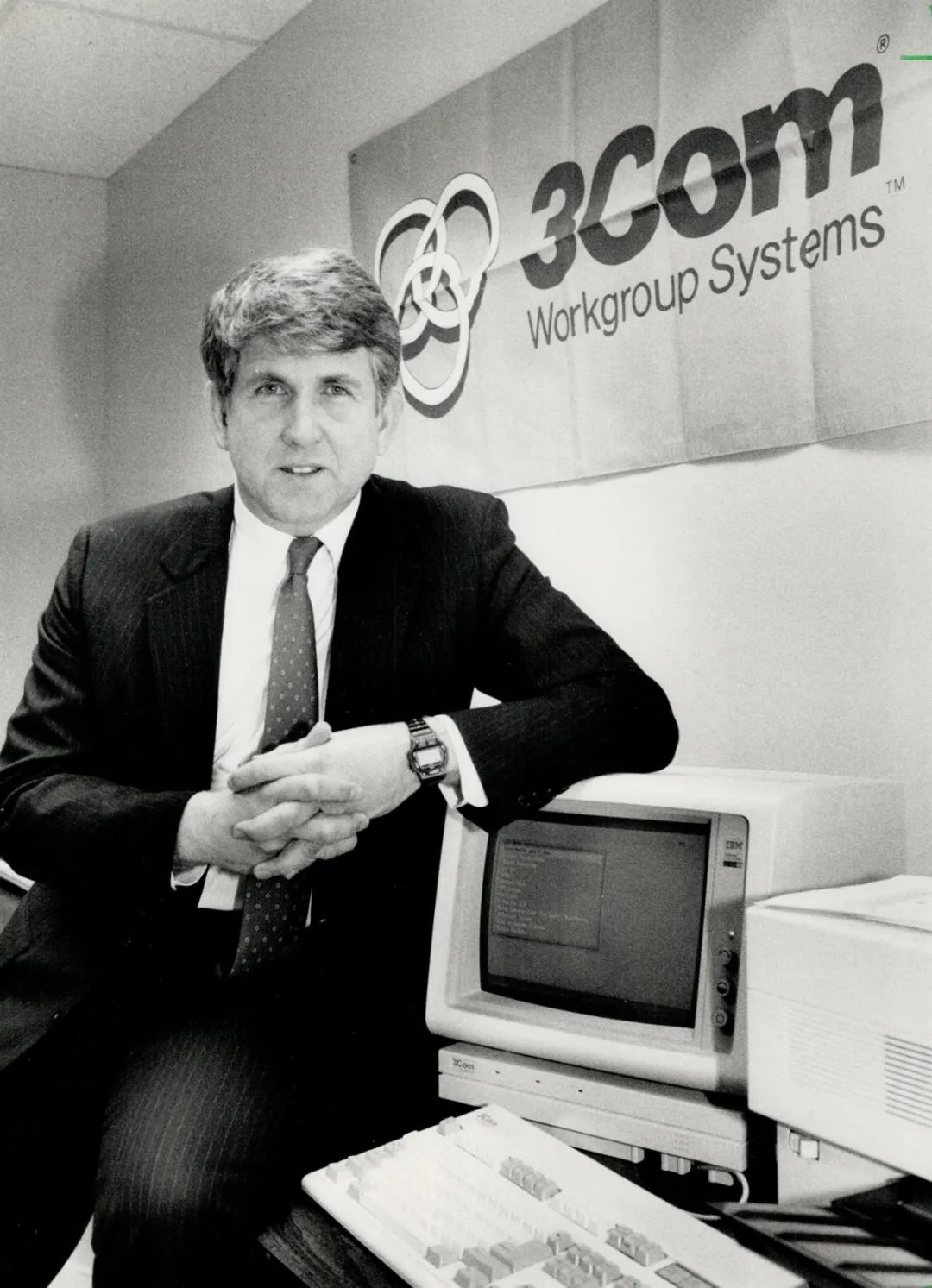
3Com's name comes from three letters, namely: computer (computer), communication (communication), compatibility (compatibility). This fully reflects Metcalfe's desire to improve computer communication compatibility.
3Com greatly improved the commercial viability of Ethernet by selling networking software, Ethernet transceivers, and Ethernet cards for minicomputers and workstations.
In 1980, under Metcalf's coordination, Digital Equipment Corporation (DEC), the world's second largest computer company at that time, Intel Corporation (Intel), a semiconductor company, and Xerox, a large system supplier, formed a technology alliance. , launched the DIX (three company letters at the beginning) Ethernet standard.
Soon after, in 1983, IEEE set up a special working group, based on a variant of the DIX standard, and launched the IEEE 802.3 standard.
The earliest 802.3 is 10BASE5, which only has a throughput of 10Mbps. The medium is a thick coaxial cable, and the access control method of carrier sense multiple access with collision detection (CSMA/CD, which should be familiar to students of science and engineering) is used. .
In addition to Ethernet, American IBM and General Motors have also launched their own network standards.
In particular, IBM's token ring technology has formed a fierce competition with Ethernet. In the end, after 20 years of contention, Ethernet won and Token Ring was eliminated.
█ After success and fame, personal retirement and transformation
Throughout the 1980s, Metcalf pushed for the popularization of Ethernet. On March 21, 1984, 3Com was successfully listed.
In the mid-1980s, Metcalfe put forward an important point of view, namely: "The value of a network is proportional to the square of the number of nodes in this network." This point of view is the famous "Metcalfe's Law".
This law has important reference value for understanding network effects and the development of Internet economy.
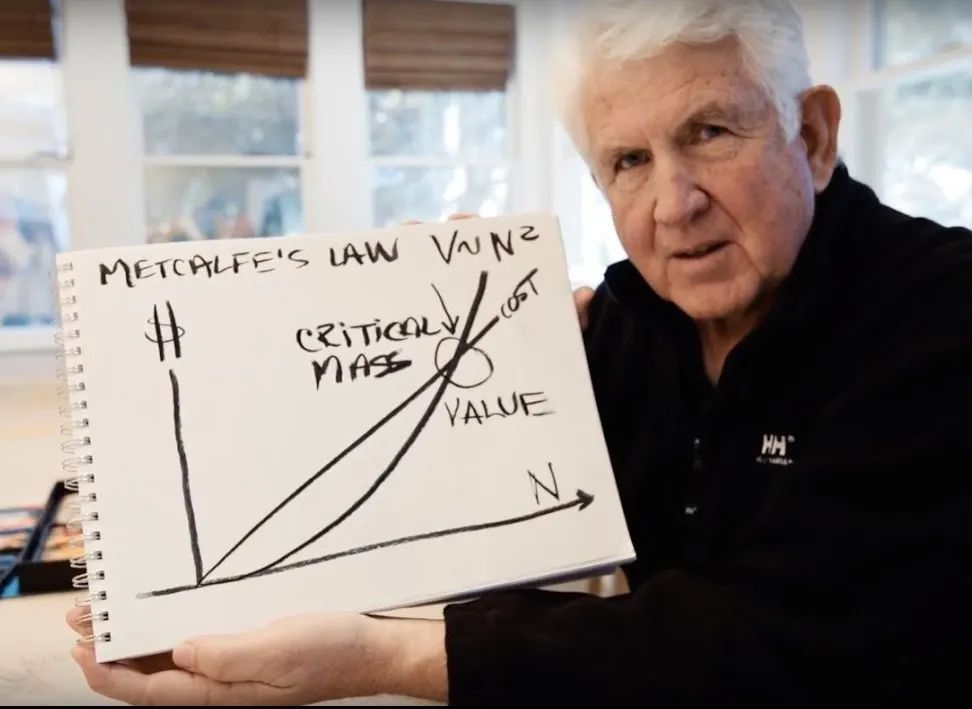
In 1990, Metcalf left 3Com to become a critic and technology columnist.
During that period, Metcalf also made many mistakes. Some of his strange remarks often make him the object of ridicule by the media.
In 1995, Metcalfe thought the Internet would suffer a "catastrophic collapse" the following year. He said that if his prediction was wrong, he would "eat" his words.
Later facts proved that he was indeed wrong in his prediction. In 1997, at the Sixth International World Wide Web Conference, he took out a hard copy of his article and put it in a blender with some liquid. Then, to the cheers of the audience, he frankly ate the stirred slurry. While eating, he also admitted his mistake.
Metcalfe's prediction errors also include: Linux will be killed by Windows2000; wireless networks will be abandoned in the mid-1990s; in 2006, Windows and Linux will not be able to handle video services. ...
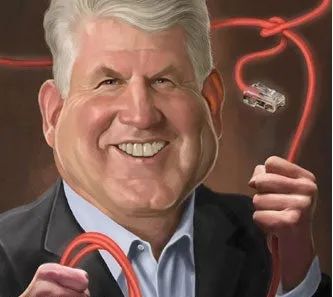
unreliable prophet
In 2001, Metcalfe left the media field. He founded Polaris Ventures, a transitioned venture capitalist. In 2011, Metcalf moved to the University of Texas at Austin as a professor.
In 2022, after more than 50 years, he returned to MIT's Computer Science and Artificial Intelligence Laboratory (formerly MAC, now renamed CSAIL) and became a researcher.
During this period, 3Com also experienced many storms.
In 1999, 3Com's revenue peaked at $5.7 billion. But soon, the Internet bubble burst, 3Com fell from the altar, and its market value shrank sharply. In November 2009, 3Com was acquired by HP for $2.7 billion in cash and withdrew from the stage of history.
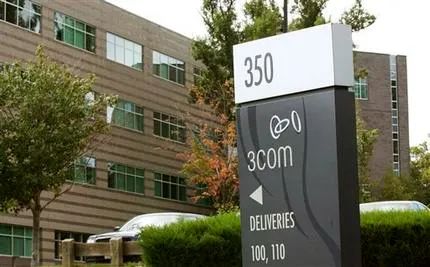
In his later years, Metcalf won numerous awards for his major contributions to Ethernet.
In 1996, he was awarded the IEEE Medal of Honor. In 2003 he received the National Medal of Technology and the Marconi Prize. In 2007, he was inducted into the National Inventors Hall of Fame.
Not long ago, on March 22, 2023, the 76-year-old Metcalfe was awarded the 2022 Turing Award by the American Association for Computing Machinery (ACM), with a prize of up to $1 million (from Google).
Jeff Dean, senior vice president of research and artificial intelligence at Google, said in an official statement from ACM:
"Today, there are about 7 billion network ports in the world. Ethernet is everywhere, and we take it for granted. However, it is easy to forget that, without the invention and efforts of Bob Metcalf (that every computer must network), our connected world would not be what it is today.”
█ Conclusion
Jeff Dean was right. Ethernet technology is the cornerstone of people's data communication network. As the father of Ethernet, Metcalf's contribution is extremely huge.
Today, Ethernet remains the dominant standard for wired network communications around the world. Its processing data rate has been upgraded from 2.94Mbps and 10Mbps to the current 400Gbps, 800Gbps, and even 1.6Tbps.
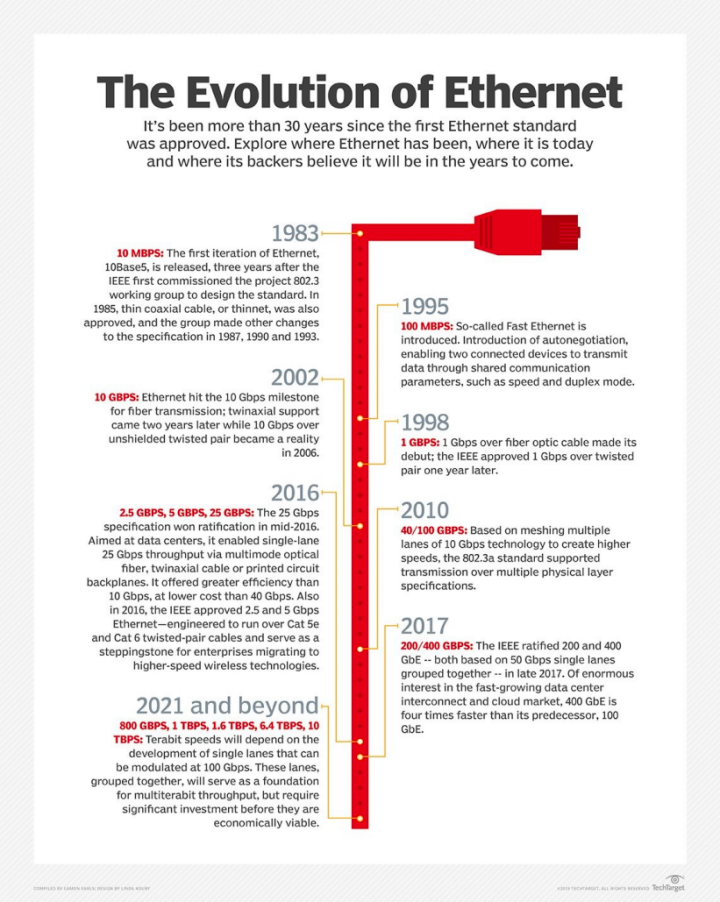
The familiar number 802.3 will be with us for a long time until the day it is replaced.
Well, the above is the whole content of today's article, thank you for your patience in reading. If you think the writing is good, please forward it, like it and support it! Thanks!